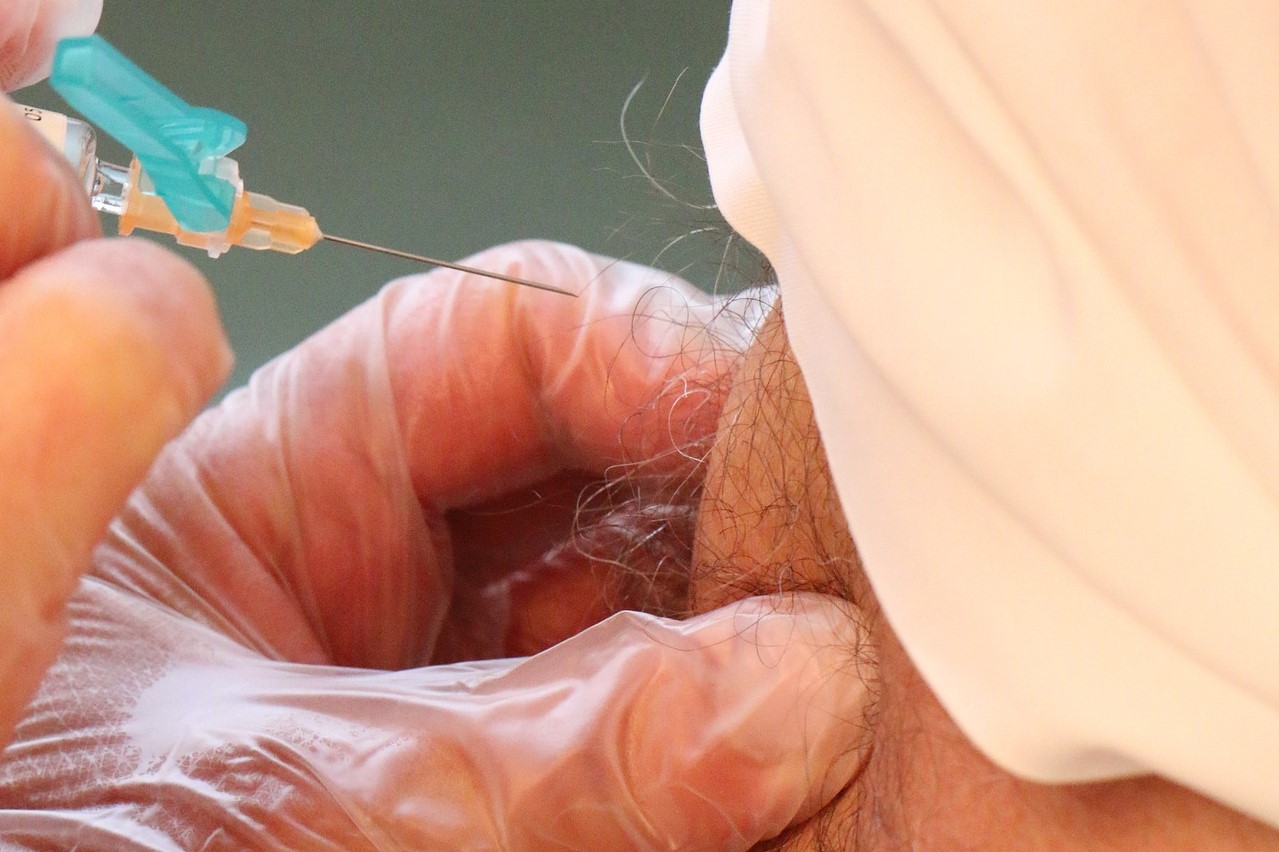On 28 July, the HealthySG taskforce proposed that vaccination subsidies be given to Singaporean adults and Permanent Residents to protect themselves against vaccine-preventable diseases.
According to data from the Ministry of Health, the take-up rate for the influenza vaccine is 12 to 14 percent among adults. Among elderly aged 65 to 74 years, the rate is 14 per cent, which is worrying as seniors tend to have weaker immune systems that make it harder for them to fight off infections and also cause them to be more prone to complications.
The low take-up rate could be due to lack of awareness, fear of injections, or misconceptions about the vaccine.
“In addition to being busy, they may lack motivation. They may think that the symptoms of flu are considered mild and would not affect them greatly,” said Assistant Professor Vincent Pang, Director, Centre for Infectious Disease Epidemiology and Research.
He added, “Most adults would get vaccinated if more healthcare professionals recommended and encouraged them to.”
Assistant Professor Clarence Tam agreed that vaccinations need to be a more prominent aspect of discussions between patients and doctors.
“Research shows that patients consider healthcare professionals to be the most trustworthy sources of vaccine information, and that people who are recommended vaccines by their doctors are much more likely to be vaccinated,” he said.
To increase convenience of getting vaccinated, Dr Pang also suggested that communities and businesses could work with healthcare institutions to bring vaccination services to offices and neighbourhoods.
High levels of vaccination in the population helps to prevent disease in those who have been vaccinated, and also reduces the risk for others who cannot be vaccinated for medical reasons.
“When vaccination levels in the population are low, this increases the chances that people will be infected and pass on the infection to others, resulting in disease epidemics,” added Dr Tam.
Media coverage:
- Channel 8 News (6.30pm and 10pm), 30 July 2019
- Channel U News (11pm), 30 July 2019
- 专家:增加津贴与便利度 或有助提升流感疫苗注射率, 8world News, 30 July 2019
- Subsidies helpful, but public education also needed to improve adult vaccination rates: Experts, CNA, 1 August 2019


